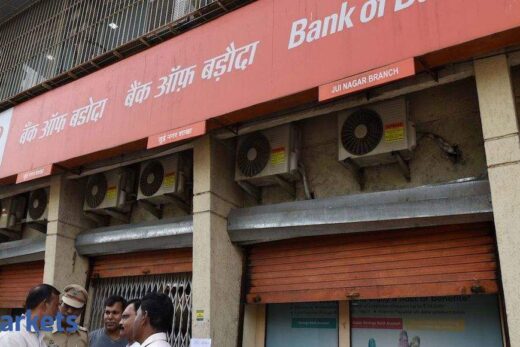Last week, RBI released a discussion paper which proposed a scale-based regulatory approach linked to the systemic risk contribution of shadow lenders.
In a report on Monday, Moody’s Investors Service said the proposal will commit the largest 25-30 NBFCs to regulations similar to banks regarding capital, credit concentration and governance.
“If implemented, the regulations would result in the companies becoming more resilient to credit shocks. However, the proposals do not address NBFC’s funding and liquidity, the key credit weakness of the sector,” Moody’s said.
The proposed new regulations would result in largely harmonised rules between banks and NBFCs on capital and leverage, which would reduce the regulatory arbitrage opportunities for NBFCs against the banks in their lending decisions, it said.
However, changes are proposed to the NBFCs’ current lighter liquidity rules, the report said.
Banks are subject to strict regulations on maintaining a minimum cash reserve ratio and statutory liquidity reserve, which are not imposed on NBFCs, it said.
“This means the proposal does not address the key weakness of the NBFCs and the sector will continue to pose risks to banks’ asset quality because banks are the largest lenders to the NBFCs,” the report said.
The paper has proposed the regulatory framework of NBFCs based on a four-layered structure- base layer (NBFC-BL), middle layer (NBFC-ML), upper layer (NBFC-UL) and top layer.
“If implemented, the largest 25-30 NBFCs will be classified as NBFC-UL and will need to maintain a minimum common equity tier 1 (CET1) ratio of 9 per cent compared with 8 per cent for banks,” Moody’s said.
The NBFCs will need board-approved policies for concentration in riskier sectors such as real estate, which has been a source of asset quality problems for NBFCs, it said.
Moody’s expects most rated NBFCs to be classified as NBFC-UL. The new norms do not provide much incentives for NBFCs to convert into banks, which the regulator has envisaged via the proposed changes to bank ownership regulations in November 2020, the report said.
The banking regulator is proposing to initially keep the NBFC-top layer empty, but will move companies into this category if it sees elevated credit risk in those companies, it said.
“Those NBFCs will be subject to tighter supervision similar to the prompt corrective action framework for banks,” the report said.



